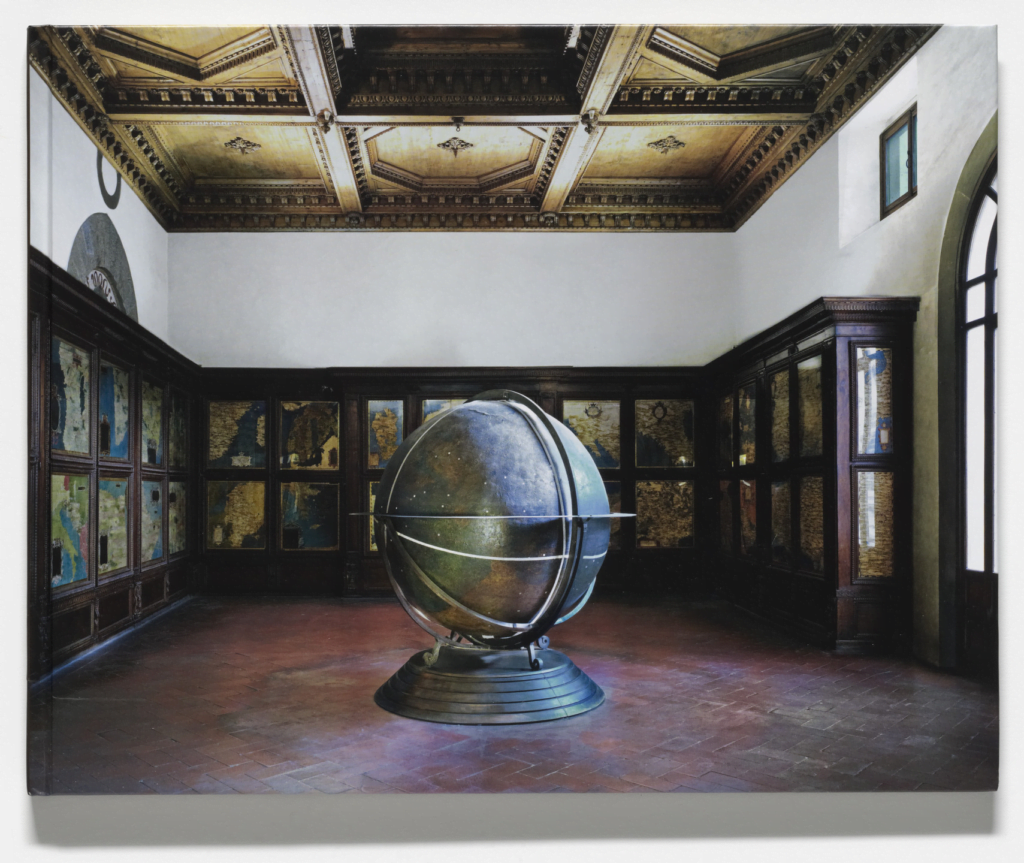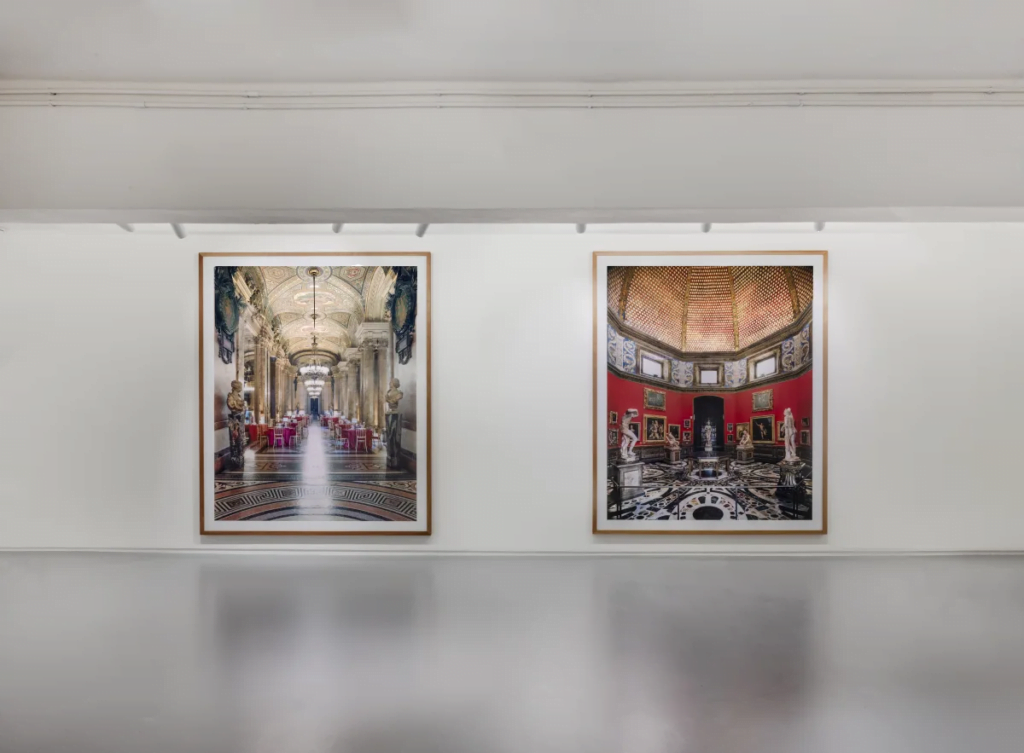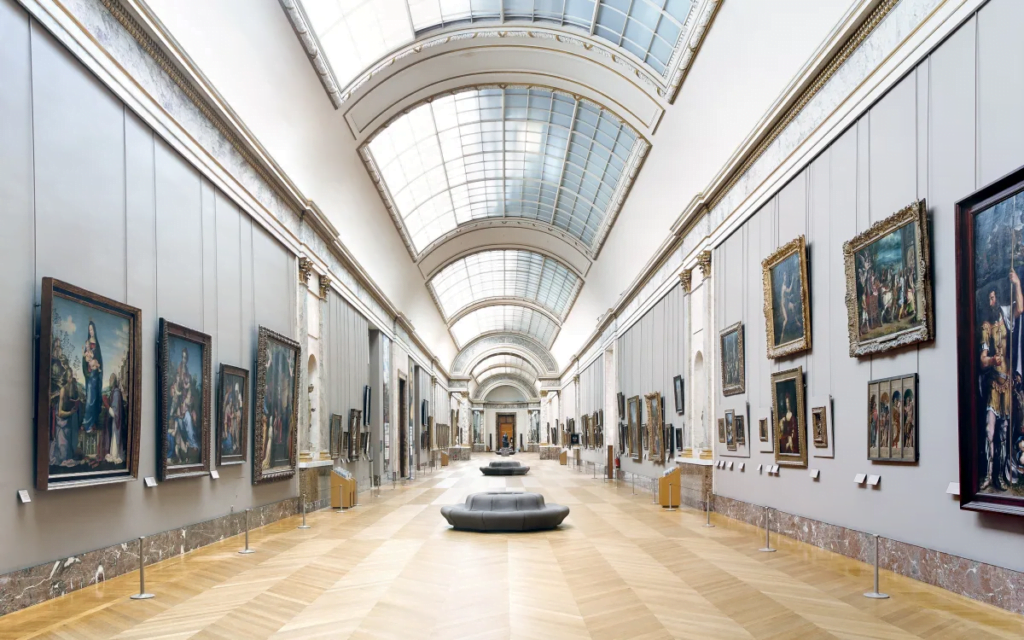Memoriesforart » Artists » Candida Höfer

More Facts
Name: Candida
Surname: Höfer
Gender: Female
Lives & Works: Eberswalde
Lives in State: Brandenburg
Nationality: Germany
Date of Birth: 1944
Period: Post-War
Movement: Contemporary art
Table of Contents
Candida Höfer is a renowned German photographer celebrated for her captivating large-scale images that explore the aesthetics of architectural spaces and environments. Born on August 14, 1944, in Eberswalde, Germany, Höfer is widely recognized for her unique perspective on the visual representation of public spaces and interiors.

Candida Höfer, born in 1944 in Eberswalde, Province of Brandenburg, emerged as a prominent figure in photography. With a background in the Cologne Academy of Fine and Applied Arts, she initially pursued portrait photography for newspapers and delved into daguerreotypes in Hamburg.
Her formative years included studying under renowned photographers like Werner Bokelberg and Bernd Becher, where she embraced color and innovative techniques, leaving a lasting impact on her artistic journey.
Höfer delves into neocolonialism, ecological violence, and environmental protection. Her materials range from photography and textiles to sculptures, often focusing on interiors and public spaces.

Candida Höfer is renowned for her captivating large-scale photographs that explore architectural spaces, transforming them into visual narratives of grandeur and cultural significance.

Exploring Early Themes
Candida Höfer’s journey in photography began with black-and-white compositions, notably the intriguing ‘Flipper’ (1973), a photo-collage featuring pinball machines in arcades. This creative approach merged 47 gelatin silver prints into a cohesive narrative, reflecting her curiosity about spaces and interactions.
‘Türken in Deutschland’ Series
Höfer’s lens turned towards societal dynamics with the ‘Türken in Deutschland’ (Turks in Germany) series (1973–1979). This significant body of work documented the lives of Turkish migrant families, capturing their adaptation to new German environments. This series marked the genesis of her fascination with interior spaces and their interplay with individuals.
Shift to Color and Interior Exploration
Transitioning to color photography in 1979, Höfer’s breakthrough came with her exploration of interiors in public spaces like offices, banks, and waiting rooms. These images offered a glimpse into the psychological relationship between architecture and its inhabitants. A pivotal moment, as color suited her narrative better.
Pioneering Dehumanized Spaces
Höfer’s signature style of large-format photographs depicting empty interiors and communal areas emerged during the 1980s. These shots, taken from a frontal or diagonal angle, showcased public spaces such as libraries, museums, and opera houses devoid of human presence. The resulting images highlighted the design’s impact on emotions.
The Zoologische Gärten Series
Diversifying her subject matter, Höfer shifted focus to zoos in her ‘Zoologische Gärten’ series (1991). Capturing animals in their caged environments, these images maintained her descriptive style, delving into the institutional definitions of perception through visual documentation.
Global Exploration and Iconic Art
‘Douze-Twelve’ (2001) presented Höfer’s photographic documentation of Auguste Rodin’s ‘The Burghers of Calais’ sculptures across various museums.
Another project involved capturing On Kawara’s ‘Date Paintings’ in private collectors’ homes worldwide from 2004 to 2007, adding a conceptual layer to her portfolio.
Louvre and Beyond
Höfer’s collaboration with the Musée du Louvre resulted in a comprehensive examination of the museum’s galleries, shedding light on architectural nuances and design elements. The absence of tourists in her images allowed for a focused analysis of the spaces themselves.
Candida Höfer’s artistic journey is a testament to her profound exploration of spaces, emotions, and the interplay between them. Her evolving techniques and thematic shifts have contributed to her reputation as a pioneering photographer of our time.
The media used by Candida Höfer in her art primarily includes photography. She employs various forms of photography, such as color and black-and-white photographs, large-format images, and slide projections.
While she explores different themes and subjects, her work is united by her unique approach to photography as a medium for capturing and conveying the essence of interior spaces and social architecture.
Candida Höfer’s photography is characterized by exploring interior spaces, public institutions, and architectural environments.
Her work often features large-format, meticulously composed images that capture the essence of these spaces.
One of Höfer’s renowned pieces is “Bibliothèque nationale de France, Paris I,” which exemplifies her signature style of capturing the grandeur and serenity of libraries. Her photographs compel viewers to appreciate the intricate beauty of architectural details that might otherwise go unnoticed.

Early Recognition and Solo Debut
Candida Höfer’s artistic journey took flight with her first solo exhibition at the Konrad Fischer Galerie in Düsseldorf in 1975. This debut marked the beginning of a prolific career that would bring her works to the forefront of the contemporary art scene.
Museums Across Europe and the United States
Höfer’s artistry has graced the walls of prestigious museums across Europe and the United States. Her solo exhibitions have taken place in renowned institutions such as the Centro de Fotografía at the Universidad de Salamanca, the Galerie de l’École des Beaux-Arts in Valenciennes, the Kunsthalle Bremen, and the Kunsthalle Nürnberg, among others.
Louvre and Global Recognition
The Louvre, a symbol of artistic heritage, hosted Höfer’s solo exhibition, solidifying her position in the art world. Her works also found homes in museums like the Kunsthaus Hamburg, the Museum of Contemporary Photography (MoCP), the Museum Folkwang, and the Rheinisches Landesmuseum Bonn.
International Prestige
Candida Höfer’s talent transcended geographical boundaries. Her inclusion in Documenta 11 by curator Okwui Enwezor in Kassel in 2002 amplified her international acclaim. This marked a pivotal moment in her career, showcasing her ability to engage with global audiences.
Venice Biennale and Norton Museum of Art
Höfer’s reach extended to the iconic Venice Biennale in 2003 when she represented Germany alongside Martin Kippenberger. This momentous occasion was curated by Julian Heynen, further solidifying her place among art luminaries. The Norton Museum of Art hosted her comprehensive North American survey titled “Architecture of Absence” in 2006, introducing her work to a broader audience.
Dublin and Beyond
Höfer’s artistic journey continued to flourish as she graced the walls of the Irish Museum of Modern Art in Dublin, with a solo exhibition in 2006. This engagement with diverse global spaces and cultures showcased her ability to resonate with viewers worldwide.
In the realm of NFTs (Non-Fungible Tokens), Candida Höfer’s photographic art could take on a new digital dimension. Imagine an immersive digital journey through some of the world’s most iconic libraries and spaces, where viewers can explore her photographs interactively.
To delve deeper into Candida Höfer’s artistic philosophy, creative process, and the stories behind her captivating photographs, explore interviews, articles, and publications that offer insights into her remarkable career and contributions to the world of photography.
For a comprehensive look at Candida Höfer’s artworks, exhibitions, and recent updates, visit her foundation’s official website.